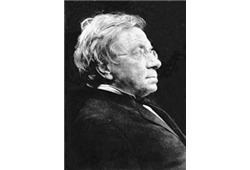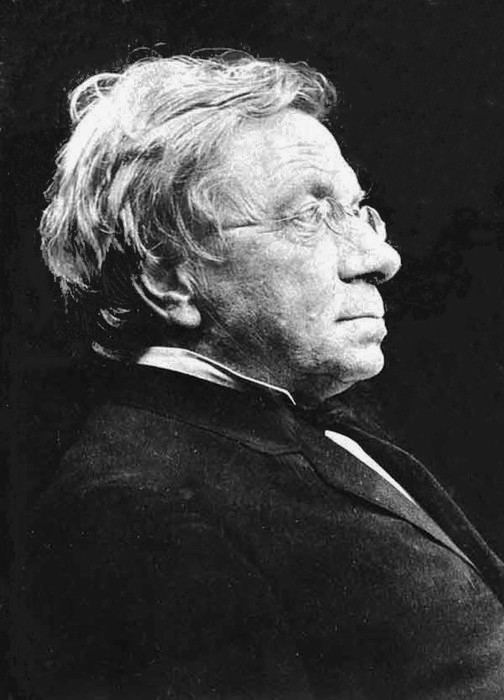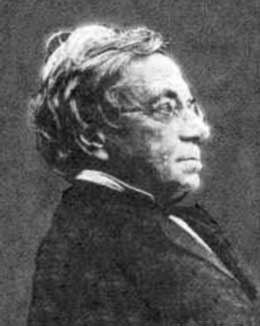Nationality Switzerland Role Mathematician | Name Johann Balmer | |
 | ||
Education University of Basel, Karlsruhe Institute of Technology | ||
Johann Jakob Balmer und die Farben
Johann Jakob Balmer (May 1, 1825 – March 12, 1898) was a Swiss mathematician and mathematical physicist.
Contents
- Johann Jakob Balmer und die Farben
- MAY 1 Hugo Emil Alfvn Ray Erskine Parker Jr Johann Jakob Balmer
- Biography
- Honors
- References

MAY 1. Hugo Emil Alfvén, Ray Erskine Parker Jr & Johann Jakob Balmer,…
Biography

Balmer was born in Lausen, Switzerland, the son of a Chief Justice also named Johann Jakob Balmer. His mother was Elizabeth Rolle Balmer, and he was the oldest son. During his schooling he excelled in mathematics, and so decided to focus on that field when he attended university.

He studied at the University of Karlsruhe and the University of Berlin, then completed his Ph.D. from the University of Basel in 1849 with a dissertation on the cycloid. Johann then spent his entire life in Basel, where he taught at a school for girls. He also lectured at the University of Basel. In 1868 he married Christine Pauline Rinck at the age of 43. The couple had a total of six children.
Despite being a mathematician, he is not remembered for any work in that field; rather, his major contribution (made at the age of sixty, in 1885) was an empirical formula for the visible spectral lines of the hydrogen atom, the study of which he took up at the suggestion of Eduard Hagenbach also of Basel. Using Ångström's measurements of the hydrogen lines, he arrived at a formula for computing the wavelength as follows:
for n = 2, h = 3.6456×10−7 m, and m = 3, 4, 5, 6, and so forth.
In his 1885 notice, he referred to h (now known as the Balmer constant) as the "fundamental number of hydrogen." Balmer then used this formula to predict the wavelength for m = 7 and Hagenbach informed him that Ångström had observed a line with wavelength 397 nm. Two of his colleagues, Hermann Wilhelm Vogel and William Huggins, were able to confirm the existence of other lines of the series in the spectrum of hydrogen in white stars.
Balmer's formula was later found to be a special case of the Rydberg formula, devised by Johannes Rydberg in 1888.
with
A full explanation of why these formulas worked, however, had to wait until the presentation of the Bohr model of the atom by Niels Bohr in 1913.
Johann Balmer died in Basel.
